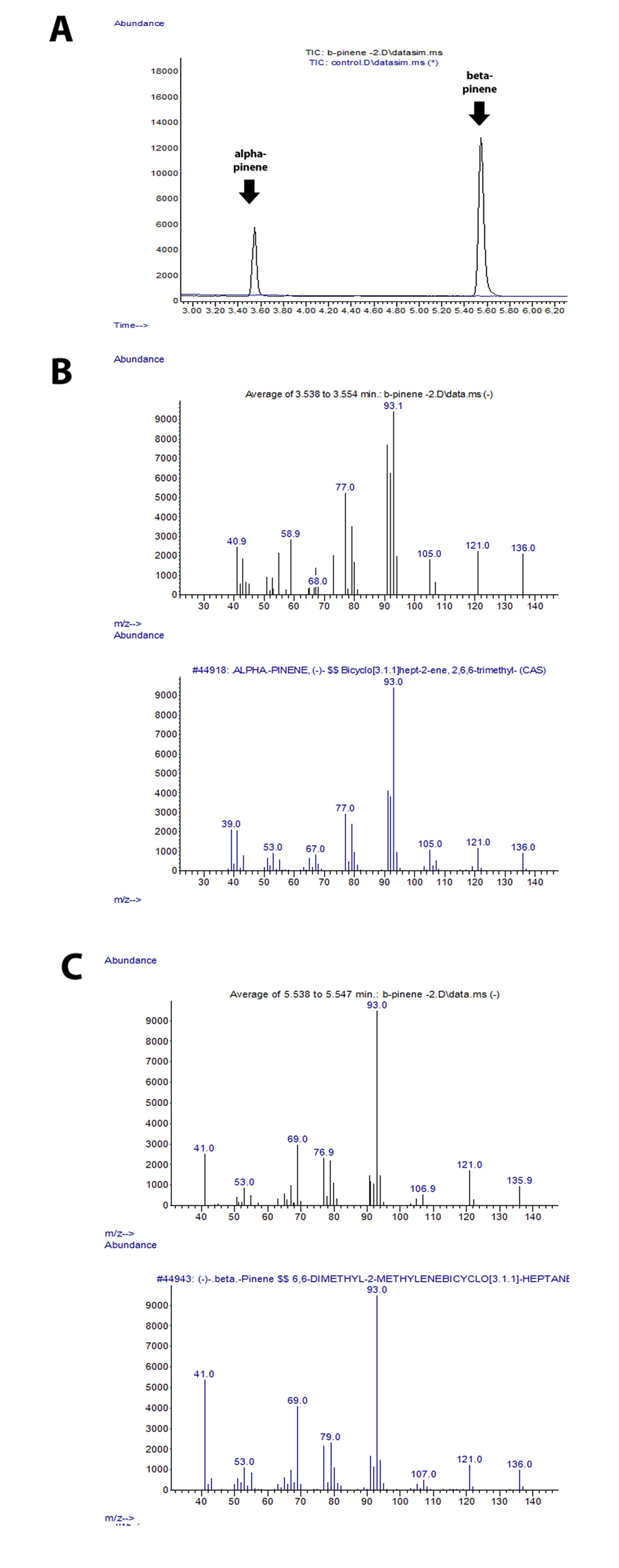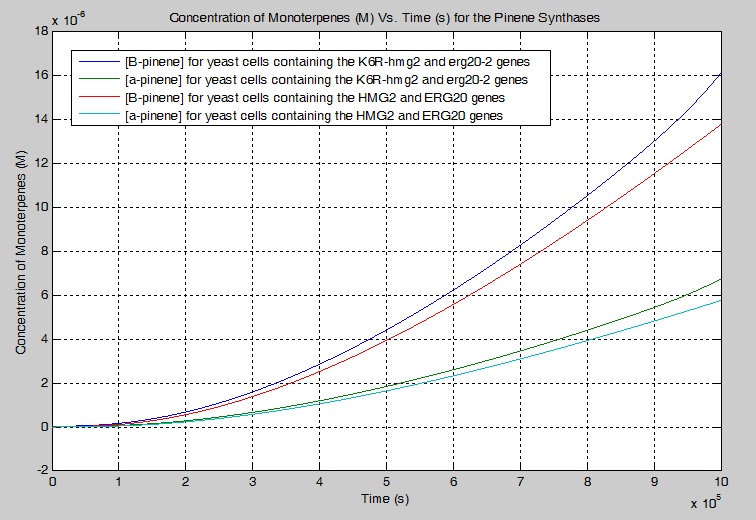Team:British Columbia/Accomplishments
From 2011.igem.org
(Difference between revisions)
m |
|||
| Line 6: | Line 6: | ||
<h2 style="margin:8px;font-weight:bold"> Wet Laboratory Achievements | <h2 style="margin:8px;font-weight:bold"> Wet Laboratory Achievements | ||
| - | |||
| - | |||
<h3>1. In vitro assay production of monoterpene in bacteria</h3> | <h3>1. In vitro assay production of monoterpene in bacteria</h3> | ||
| Line 26: | Line 24: | ||
<h3>3. Blue Stain Fungi & Yeast Co-culture</h3> | <h3>3. Blue Stain Fungi & Yeast Co-culture</h3> | ||
| + | <html><h2 style="margin:8px;font-weight:bold">Modeling Achievements</h1></html> | ||
| - | + | <center> | |
| - | + | ||
| - | + | ||
| - | + | ||
| - | + | ||
| - | + | ||
'''Monoterpene Production''' | '''Monoterpene Production''' | ||
| Line 44: | Line 38: | ||
| - | + | <html> | |
<iframe width="480" height="360" src="http://www.youtube.com/embed/kNHwoSdRjaY" frameborder="0" allowfullscreen></iframe> | <iframe width="480" height="360" src="http://www.youtube.com/embed/kNHwoSdRjaY" frameborder="0" allowfullscreen></iframe> | ||
</br></br></div> | </br></br></div> | ||
Revision as of 01:08, 28 October 2011

Wet Laboratory Achievements
Contents |
1. In vitro assay production of monoterpene in bacteria
Geranyl Pyrophosphate (GPP) Assay
Alpha-beta pinene and Beta-pinene synthases were The purified enzymes were assayed in vitro with GPP and sent for GC-MS, which confirmed alpha- and beta-pinene as products.
2. Diterpene production in yeast
3. Mountain Pine Beetle & Yeast Co-culture
3. Blue Stain Fungi & Yeast Co-culture
Modeling Achievements
Monoterpene Production
We simulated the expansion of the MPB population from year 2011 to 2020 using the estimates obtained from the clustering analysis. For cost estimation and prediction of emergence of subpopulations, refer to our Model Methodology above.
Monoterpene Production
We simulated the expansion of the MPB population from year 2011 to 2020 using the estimates obtained from the clustering analysis. For cost estimation and prediction of emergence of subpopulations, refer to our Model Methodology above.
Human Practice
Special Considerations
 "
"

